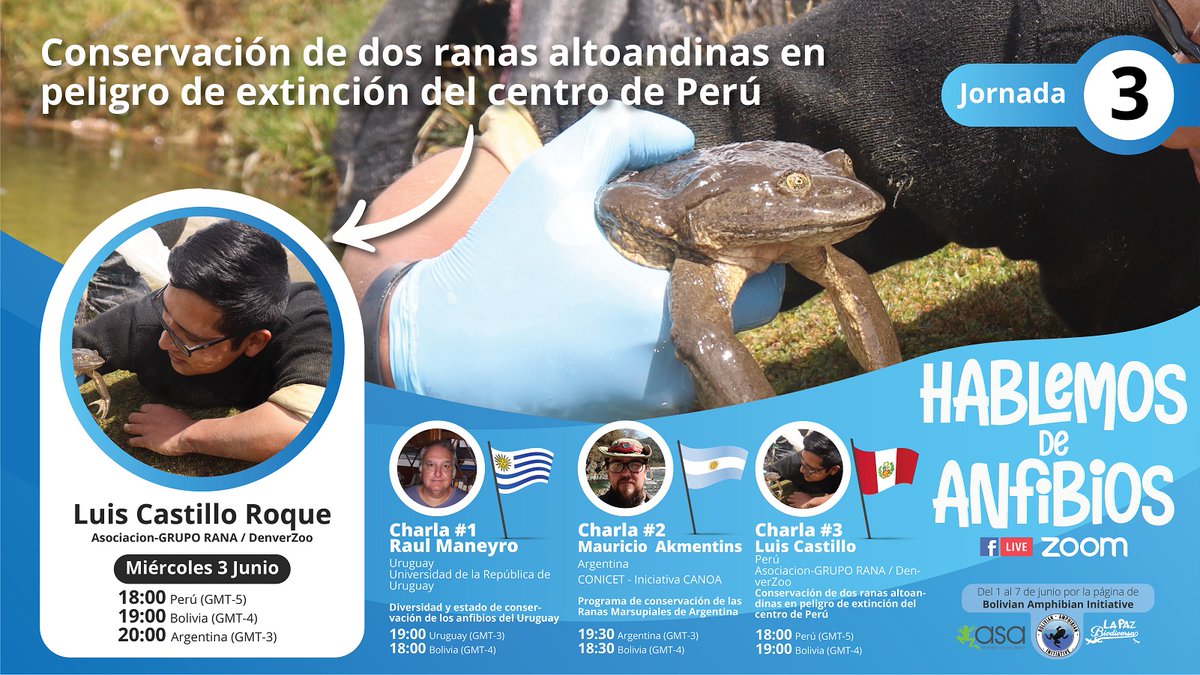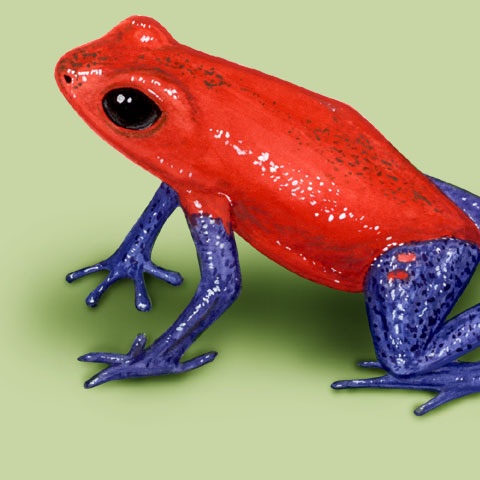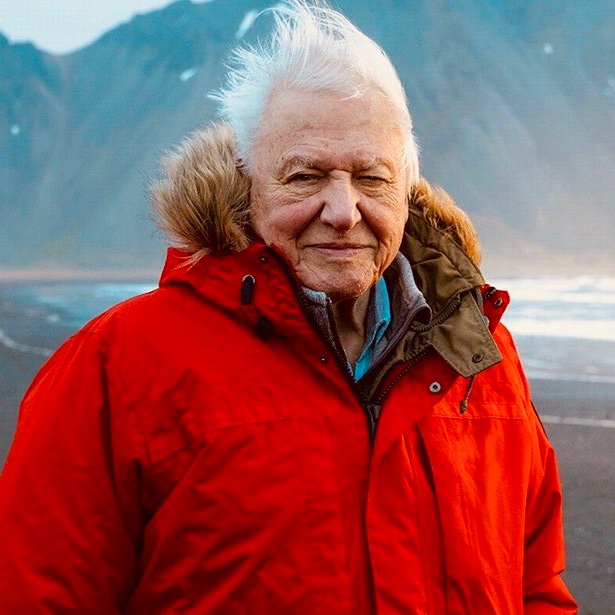Te presentamos a nuestr@s invitad@s del día Miércoles 3 de Junio 😀
En #HablemosDeAnfibios #JORNADA3, organizada por Bolivian Amphibian Initiative con el apoyo de Amphibian Survival Alliance y Iniciativa La Paz Biodiversa, estarán:
En #HablemosDeAnfibios #JORNADA3, organizada por Bolivian Amphibian Initiative con el apoyo de Amphibian Survival Alliance y Iniciativa La Paz Biodiversa, estarán:
Luis Castillo Roque 🇵🇪🐸, del aliado de ASA @RanaGrupo y uno de los ASA Future Leaders of Amphibian Conservation 

⏰ Hora:
17:00 Colombia (GMT - 5)
18:00 Bolivia (GMT- 4)
19:00 Argentina/Brasil (GMT - 3)
17:00 Colombia (GMT - 5)
18:00 Bolivia (GMT- 4)
19:00 Argentina/Brasil (GMT - 3)
✅Transmisión en vivo por Facebook:
facebook.com/11921433148749…
facebook.com/11921433148749…
• • •
Missing some Tweet in this thread? You can try to
force a refresh
















